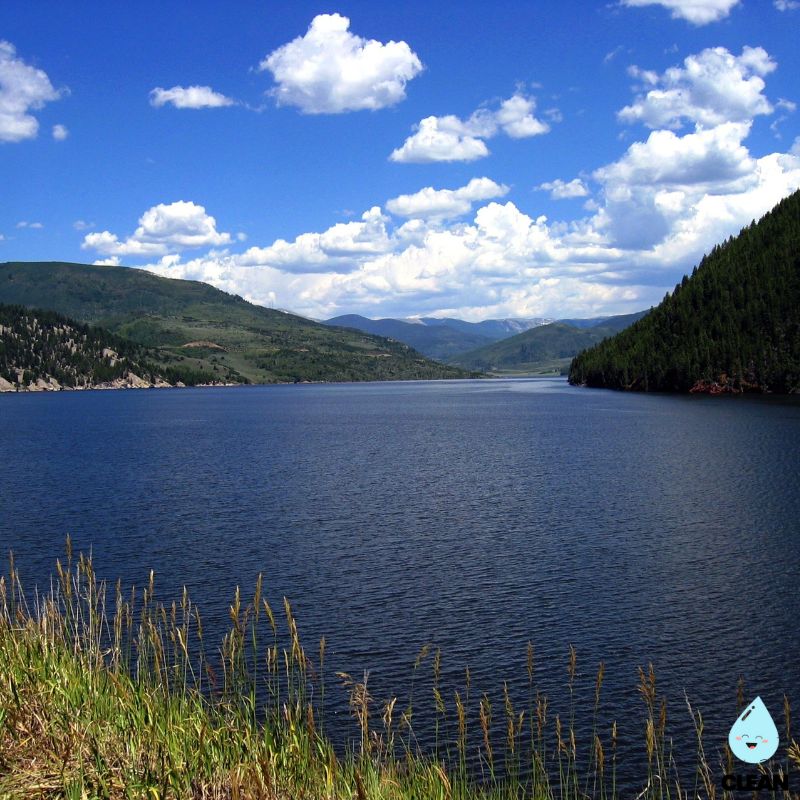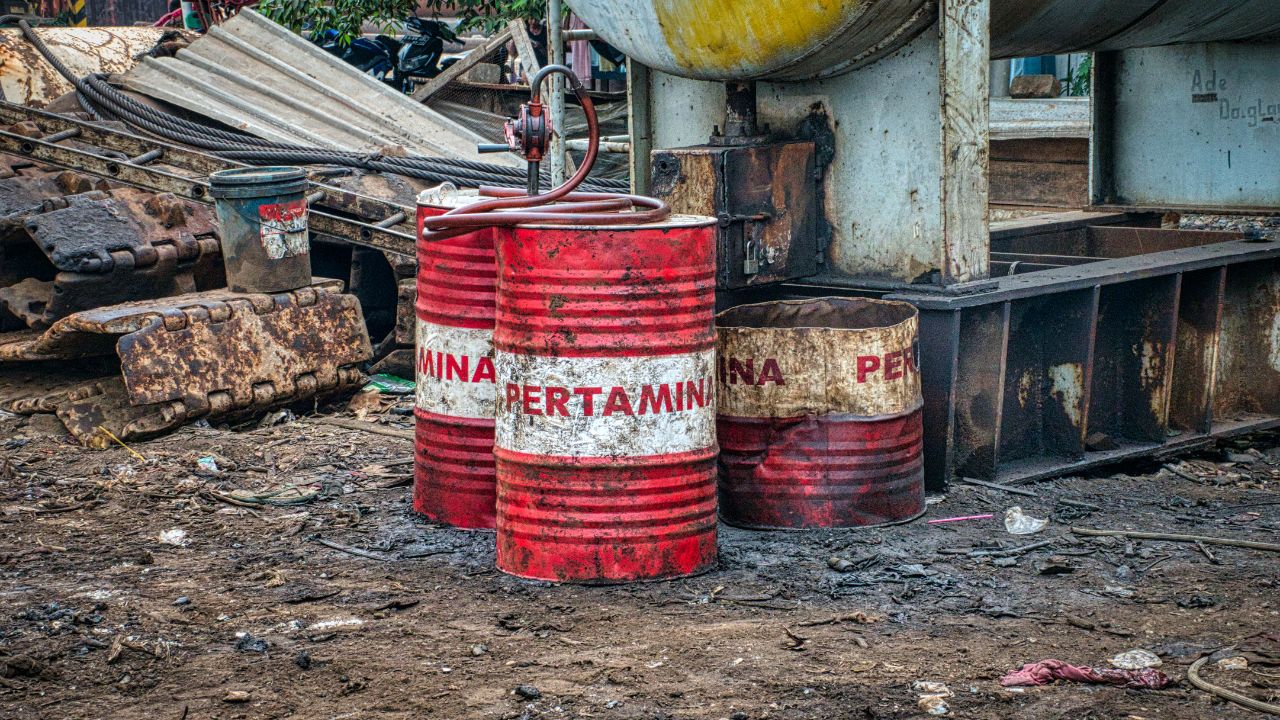South Carolina Water Quality at a Glance
widespread PFAS contamination
Is South Carolina Water Safe to Drink?
Meets Federal Standards, But Notable Concerns – South Carolina water generally meets EPA standards but contains widespread PFAS contamination in virtually all surface waters. Key issues include PFOA and PFOS exceeding proposed 4 ppt limits in many areas, arsenic, atrazine, disinfection byproducts, and industrial runoff. The Pocataligo River near Manning had the highest PFAS concentration at 7,663 ppt. Multiple counties show concerning levels of “forever chemicals” from textile mill sludge and military base contamination.
⚠️ Key Concerns for South Carolina Residents
- PFAS “Forever Chemicals”: Virtually every tested river, creek, and lake contains PFAS; some areas exceed proposed federal limits by significant margins
- Agricultural Contamination: Atrazine from farming, nitrates from fertilizers, and runoff pollution affecting 78% of residents using public water systems
- Industrial Legacy Pollution: Textile mill sludge in Darlington County; Shaw Air Force Base contamination affecting Sumter County private wells
- Natural and Treatment Byproducts: Arsenic, uranium, radium, and disinfection byproducts like trihalomethanes in various water systems
Read the full report below for detailed analysis, regional data, and actionable recommendations for South Carolina residents.
South Carolina – The Palmetto State – Water Quality Report 2025: PFAS Testing, Infrastructure Concerns & Safety across your state
South Carolina’s water infrastructure serves approximately 5.3 million residents across diverse geographical regions, from the Blue Ridge Mountains in the northwest to the Atlantic Coastal Plain in the southeast. The state operates through a network of over 650 public water systems, ranging from large municipal utilities like Charleston Water System, which serves over 500,000 customers, to smaller rural systems providing essential services to underserved communities. South Carolina’s water sources include major river basins such as the Savannah, Santee-Cooper, Pee Dee, and Ashley rivers, along with numerous reservoirs and groundwater aquifers that supply both urban centers and agricultural areas.
Despite abundant water resources, South Carolina faces significant infrastructure challenges. According to the American Society of Civil Engineers’ 2025 Infrastructure Report Card, South Carolina’s drinking water infrastructure received a C- grade, with projections indicating nearly $6 billion needed over the next 20 years to meet system needs. The state has received over $100 million in federal infrastructure investments from the Biden-Harris Administration’s Bipartisan Infrastructure Law to address these challenges, focusing on drinking water safety, wastewater treatment upgrades, and emerging contaminant removal. South Carolina’s commitment to water quality improvement is demonstrated through partnerships between the South Carolina Department of Environmental Services (SCDES), local utilities, and federal agencies working to ensure safe, reliable water access for all residents.

South Carolina Water Quality: Current Status (2024-2025)
Statewide Compliance and Testing
- Overall Compliance: The majority of South Carolina’s 650+ public water systems meet federal Safe Drinking Water Act standards, though recent testing reveals several systems have PFAS contamination levels exceeding new EPA limits of 4 parts per trillion.
- PFAS Monitoring: South Carolina faces significant PFAS exposure challenges, with comprehensive monitoring programs revealing elevated “forever chemical” concentrations, particularly in watersheds near military installations and industrial sites, including some of the highest levels recorded nationally.
- Infrastructure Investment: Over $100 million in federal funding through the Bipartisan Infrastructure Law has been allocated to South Carolina for water infrastructure improvements, including $37.2 million specifically for FY 2025 upgrades and $11 million for PFAS treatment compliance.
Major Water Sources and Challenges
- Ashley River Basin: Serves the Charleston metropolitan area but faces severe PFAS contamination from Joint Base Charleston, with groundwater testing revealing 1.15 million parts per trillion – among the highest levels ever recorded.
- Coastal Water Systems: Charleston Water System and other coastal utilities report PFAS levels between 5-10 parts per trillion, requiring significant treatment infrastructure investments to meet new federal standards by 2029.
- Statewide Infrastructure Needs: Over $4.5 billion needed for replacing aging distribution and transmission pipelines, with particular challenges in rural areas lacking adequate funding and technical capacity.
Emerging Contaminant Response
- PFAS Regulation Implementation: New EPA drinking water standards for PFOA and PFOS (4 parts per trillion) take effect in 2029, requiring significant infrastructure investments from affected water systems, with treatment costs estimated at $200+ million for major utilities.
- Treatment Technology Deployment: Water utilities are implementing advanced treatment technologies including activated carbon filtration and reverse osmosis systems to remove PFAS and other emerging contaminants, with Charleston Water System conducting 80+ voluntary tests despite no state regulations.
- Federal Regulatory Uncertainty: Trump administration’s halt on federal PFAS regulations has created uncertainty, though utilities like Charleston Water System continue monitoring efforts while South Carolina lacks state-level PFAS regulations.
Rural and Disadvantaged Communities
- Infrastructure Disparities: Rural water systems face disproportionate challenges with aging infrastructure, limited technical capacity, and higher per-capita costs for compliance with new regulations, particularly affecting communities in Tier III and IV counties.
- Targeted Federal Support: South Carolina Rural Infrastructure Authority has awarded 219 grants totaling $1.469 billion under the SC Infrastructure Investment Program, with dedicated funding streams providing grants and forgivable loans to ensure equitable access to safe drinking water.
- Technical Assistance Programs: SCDES and EPA provide enhanced technical support to help smaller systems navigate complex regulatory requirements and secure funding for necessary improvements, with special focus on communities serving fewer than 10,000 residents.
Looking Forward: 2025-2030
South Carolina’s water quality landscape faces unprecedented transformation as utilities prepare for new federal PFAS regulations taking effect in 2029. The state’s significant PFAS exposure challenges, including some of the highest contamination levels recorded nationally, combined with substantial federal infrastructure investments, requires urgent action to address contamination sources and upgrade treatment infrastructure. However, regulatory uncertainty at the federal level and lack of state PFAS regulations create challenges for long-term planning. Successful implementation will require continued collaboration between state regulators, water utilities, and communities to ensure that all South Carolinians have access to safe, affordable drinking water while addressing the legacy of military and industrial contamination that has historically challenged the state’s water systems.
Recommendations for South Carolina Residents

Know Your Water Source
Contact your water utility to request annual water quality reports and ask about PFAS testing results. Visit SCDES’s website to access your local system’s testing data and understand any contaminants of concern in your area, especially if you live near military installations or industrial sites.

Support Infrastructure Investment
Stay informed about local water infrastructure needs and support utility rate structures that enable necessary improvements. Attend public meetings when utilities discuss infrastructure upgrades and PFAS treatment investments, which may cost hundreds of millions for major systems.

Consider PFAS-Certified Filtration
For areas with known PFAS contamination, especially near Charleston and coastal regions, consider NSF-certified activated carbon or reverse osmosis filters specifically tested for PFAS removal. These can provide additional protection while utilities implement treatment upgrades.

Report Water Quality Concerns
Contact your local water utility immediately for taste, odor, or color concerns. Report suspected contamination to SCDES’s Bureau of Water for investigation and follow-up. Private well owners can apply for free PFAS testing through the Individual Private Well PFAS Assessment Program.

Practice Water Conservation
Support South Carolina’s water sustainability by implementing conservation measures like efficient irrigation, rainwater harvesting, and low-flow fixtures. Reducing demand helps utilities maintain system reliability and affordability while managing the costs of PFAS treatment infrastructure.
South Carolina Cities We Cover
Charleston Water Quality
Comprehensive analysis of Charleston Water System, serving over 500,000 customers in the Lowcountry region. Includes detailed information on PFAS contamination levels, treatment processes, infrastructure modernization challenges, and compliance with new federal regulations.
Additional South Carolina city water quality reports will be added as comprehensive assessments are completed. These reports will cover major metropolitan areas including Columbia, Greenville, Spartanburg, and other significant population centers across the Palmetto State.
Frequently Asked Questions
Is South Carolina’s tap water safe to drink?
Most of South Carolina’s public water systems meet federal drinking water standards and are generally safe for consumption. However, the state faces significant PFAS exposure challenges, with some areas having elevated levels.
The South Carolina Department of Environmental Services requires comprehensive testing across all 650+ public water systems. Several systems, particularly in coastal areas like Charleston, have PFAS levels between 5-10 parts per trillion, exceeding new EPA guidelines of 4 ppt. Water utilities are implementing advanced treatment technologies and the state has received over $100 million in federal funding to address emerging contaminants and infrastructure needs. Residents should review their utility’s annual water quality report and stay informed about local conditions, especially near military installations and industrial sites.
Why does South Carolina have such high PFAS contamination?
South Carolina has significant PFAS exposure challenges due to decades of military and industrial use, particularly near major installations and manufacturing sites.
Major sources include Joint Base Charleston, where groundwater testing revealed 1.15 million parts per trillion – among the highest levels ever recorded. Military use of AFFF (aqueous film-forming foam) for firefighting training has contaminated surrounding watersheds including the Ashley River. Additionally, industrial dischargers and wastewater treatment plants that cannot remove PFAS contribute to surface water contamination. The state’s coastal geography and interconnected waterways have allowed contamination to spread across multiple river basins, affecting drinking water sources for hundreds of thousands of residents.
How can I find out about my local water quality?
South Carolina residents can access comprehensive water quality information through several resources:
• Annual Water Quality Reports: Contact your water utility directly for their Consumer Confidence Report, which details all testing results and any violations or concerns
• SCDES Online Resources: Visit the South Carolina Department of Environmental Services website to access testing results and compliance information for your local water system
• PFAS Testing Data: SCDES monitors PFAS across public water systems and makes results publicly available, with quarterly testing required for systems serving over 10,000 people
• Private Well Testing: Well owners can apply for free PFAS assessment through the Individual Private Well PFAS Assessment Application program
What is being done about water infrastructure in South Carolina?
South Carolina is implementing major infrastructure improvements through federal and state funding programs:
Federal Investment: Over $100 million allocated through the Bipartisan Infrastructure Law for water system upgrades, PFAS treatment, and disadvantaged community support
State Programs: South Carolina Rural Infrastructure Authority has awarded 219 grants totaling $1.469 billion under the SC Infrastructure Investment Program, targeting water, sewer, and stormwater improvements
Treatment Upgrades: Water utilities are installing advanced treatment technologies like activated carbon and reverse osmosis to remove PFAS, though costs may reach hundreds of millions for major systems
Future Needs: The EPA projects nearly $6 billion needed over the next 20 years, with over $4.5 billion specifically for replacing aging distribution and transmission pipelines throughout the state.
Quality News About Your Water
Get the comprehensive water quality news coverage you need with our dedicated US Water News Service. From coast to coast, we deliver in-depth reporting and expert analysis on PFAS contamination, EPA regulatory changes, infrastructure developments, and emerging water safety issues affecting communities nationwide. While mainstream media only covers the biggest stories, we provide the detailed, ongoing coverage that helps you understand the full scope of America’s water challenges. Whether you’re a concerned citizen, water professional, or community leader, our daily updates and analytical insights keep you informed about the issues that matter most to public health and environmental safety.
Contaminants of Concern

PFAS “Forever Chemicals”
Source: Military firefighting foam (AFFF) from Joint Base Charleston and former Charleston Naval Base, industrial manufacturing, consumer products including non-stick cookware and stain-resistant textiles
Health Effects: Linked to kidney and testicular cancer, liver damage, immune system suppression, high cholesterol, and developmental effects in children
Current Status: South Carolina faces significant PFAS exposure challenges, with Charleston Water System reporting 5-10 parts per trillion and Joint Base Charleston groundwater at 1.15 million ppt EPA Limits: 4 ppt for PFOA and PFOS individually, with hazard index for other PFAS compounds

Military and Industrial Legacy Contaminants
Source: Historical military operations at Joint Base Charleston and former Charleston Naval Base, industrial manufacturing and wastewater discharge into treatment plants not equipped to remove PFAS
Health Effects: Varies by contaminant but may include cardiovascular effects, neurological impacts, kidney damage, and increased cancer risk from prolonged exposure to multiple chemical compounds
Current Status: Ongoing monitoring and remediation at identified sites, with enhanced treatment at affected water systems and source water protection measures Regulatory Response: SCDES oversight and cleanup requirements under state and federal environmental laws, though South Carolina lacks state-level PFAS regulations
Please read – our information
The information presented on cleanairandwater.net is compiled from official water quality reports, trusted news sources, government websites, and public health resources. While we strive for accuracy and thoroughness in our presentations, we are not scientists, engineers, or qualified water quality professionals.
Our mission is to present water quality information in an accessible, real-world format that helps people understand what’s in their water and make informed decisions about their health and safety. We believe that complex environmental information should be available to everyone in a format that’s easy to understand.
We make every effort to ensure our content is current and accurate, but we cannot guarantee that all information is complete or error-free. This website should not replace official communications from your local water utility or health department. We always recommend consulting official sources for the most up-to-date information regarding your specific water system.
Clean Air and Water is not liable for any unintentional errors, omissions, or outdated information. The content on this site is provided for informational purposes only and should not be considered professional advice.


